The general consensus among people is that using Google is easy. Just you need to incorporate a query, and a plethora of search results appear in front of you. Searching on Google is a simple process, but things change if you want something specific. Suppose you are accepting guest posts on a specific niche; it is obvious that regular searches are not expected to provide the intended results.
If you are looking to get the most from Google, then you cannot rely on basic queries. The power of an advanced search operator is to be considered. Refined search results will be obtained as there is an ability to focus on search queries to target a particular objective or niche.
The definition of Google search operators
Search operators tap a series of functions. It would allow you to trim down the results by outlining the precise phrase or excluding specific terms from the results. It is better to adopt a mixture of search operators, as it allows you to uncover detailed information in a typical query. The strategy is to adopt the right combination of search operators so that you can narrow down the convoluted results into relevant and highly targeted findings.
Before you are aware of how to apply the search operators in the Google search tasks, it is better if you break down the command into detail. The basic search operators turn out to be useful commands leading to filtered and practical search results. After you apply these attributes to the search results, it is likely to open up a plethora of search opportunities.
- Site:
Just like the name sounds, it allows you to search for content that is hosted on a specific domain. If you are looking to search through specific sites then a particular command may be needed.
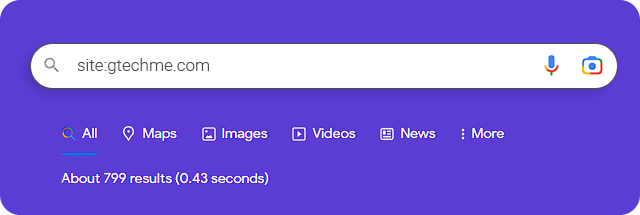
- Cache:
The operator allows you to locate the recent cached version of a specific page. If you have recently gone on to make a design change or content change, the command will showcase how Google crawled the new changes

- Related:
With the search operator, you can find websites that are related to the website in question. This is effective only for a large domain and you may use the related: command to how Google categorizes the website
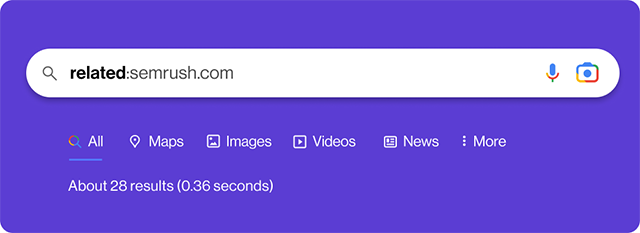
- inanchor:
The command is used when you want to search for local pages generating inbound links that have anchored specific text. Global results cannot be expected as the data is sampled

- allinanchor:
The operator builds on the inanchor command from the above but makes sense if you want to conduct research from pages. It includes all the results in the inbound text anchor
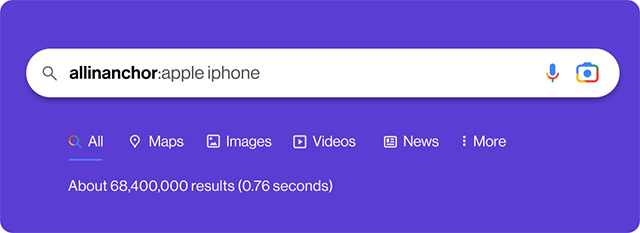
- Inurl:
The Inurl Google search operator should be used if you’re trying to find a page on a website that contains a particular word or the URL itself. The search command is extremely useful for diagnosing indexing issues and identifying opportunities for guest posting.

- allinurl:
The command will further define the inurl command by returning only the results that included all the defined words in the URL

- Intitle:
The operator allows you to locate results that are targeted for certain phrases or words. To find guest writing possibilities and examine the degrees of term competition, there is a more comprehensive search option available. This is based on the keyword results that are returned.
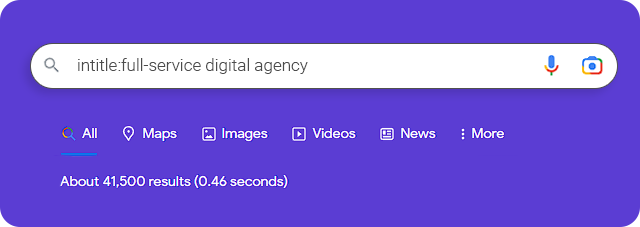
- Allintitle:
Similar to the above variables this command refines returned results to include all the words in the title of the page.

- Intext:
You may be looking for a specific word or phrase in the content. Then the intext: command allows you to locate terms that show in any part of the website page from the page title to the page content. This command is often used by advanced Google search operators for SEO to help them. link-building opportunities. Even advanced search operators will further help to enhance the results.

- allintext:
The operator allows you to refine the pages to only pages that include the terms that you are searching for in the text on the page. SEO search operators are not expected to account for the proximity of the words on the page, only the ones that would be appearing on the page.

- around(X)
The command paves way for word proximity by limiting your results to pages that incorporate the searched words within X words of each other. Though this command is rarely used it can be helpful when you are searching for quotes, phrases or references.

- Filetype:
When you are using filetype: they include a keyword limiting returned results to certain file types that includes the keywords. For content writers, it is a powerful site command for information gain. Information gain indicates how much source information a single source may bring to the table.

- daterange:( XXXXX- XXXXX)
The daterange: The advanced search operator does not show results for a specified range of dates. However, Julian’s date system is used, which calls for the year to be followed by the number of days at the start of the year. This is useful to determine the volume of content published for a certain topic.
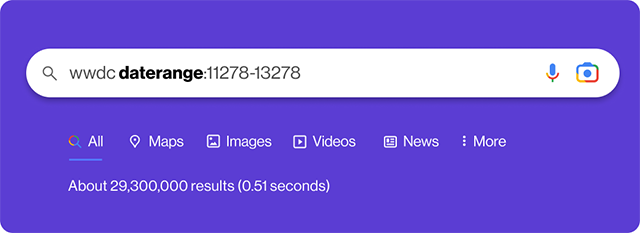
- OR
This is one of the advanced Google search operators for SEO that you may have already used without being aware of what it does. This is useful when you are doing research where you require information on more than a single item.

- Keyword
During Google search when you use quotes, you are limiting your search to that specific item. You can copy a whole paragraph from an online article, insert quotation marks around it, and use that information to determine whether or not someone has plagiarized your work. There are numerous other ways to find out whether someone has stolen your work or not.

- – Keyword
The (-) tool is one that you can use if you want to exclude certain topics from your results. The results returned will be excluded from SEO but not from PPC. Even the command does not have a single exclusion limit.

- @
Are you searching for a specific result from social media? If you incorporate the @ in front of your search results, you will return social media-centric results. Though this is listed on the search refinements of Google it does not always work.

- Source:
With this command, you can search for specific sources for a given topic in Google News. Though it is restricted to Google News if you are searching for potential link partners or articles sources who have written about a specific topic this command becomes handy.
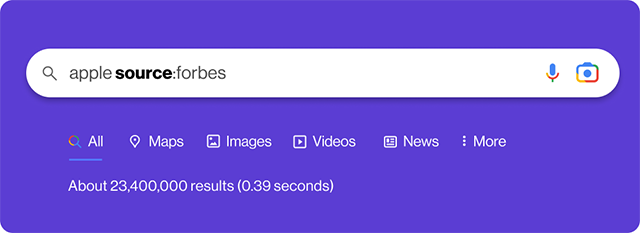
- *
If you are exploring possibilities of more matches then you can opt for the * command. It is of real help to find phrases along with quotes. In addition, it is useful for internal audits or Maintenance of your specific domain as well.

- Search term” operator
Search results are defined by using quotes( “”) to force an exact search match. Exclude synonyms if it is a single word surrounded by quotation marks. The search directive may direct Google to return results from a couple of search terms. This is used to find search results related to a couple of keywords. In place of QR, a (|) symbol can be used. An example is pilates or yoga.

- AND operator
An AND operator would return results specific to the search terms that are typed into the search bar. The reason is that the algorithm of Google is able to differentiate between multiple search results or phrase searches. The AND command is not expected to make much of a difference. An example is Sunflower AND Garden.

- “blogurl:” command
If you want to find the blog URL of a particular domain, you can use the blog URL operator. The blogurl command was used earlier with the Google blog search that was discontinued in 2011. Though the command has been deprecated, it is still relevant from time to time on a consistent basis. An example is blogurl.microsoft.com.

- “loc:” command
To narrow down the exploration to a precise location, it is better to use the loc command. A precise search of location is more effective when you are targeting a specific brand or business in a particular geographical area. The outcomes are frequently suspect if the deprecation is not complete. An example is the marketing agency located in New York.

- “weather:” operator
The weather operator allows you to check the weather or temperature of any given location. The search results would be a weather-related snippet. An example is weather- Dubai.
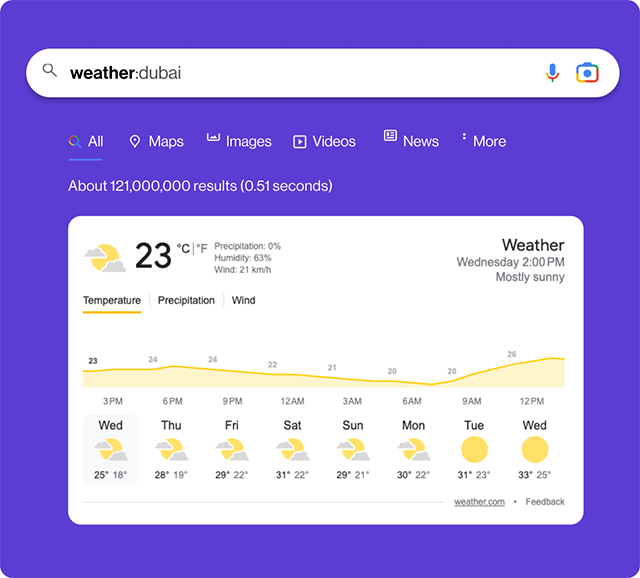
- “Map:” command.
You can use the Map command to display the map results straight from the Google SERPs without selecting the Maps tab in the search results.. As a top result, the map operator will deliver a locational search.
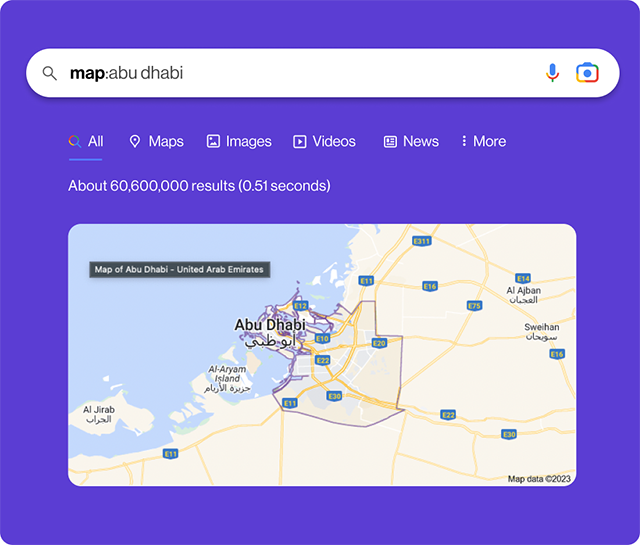
- “Timer” functionality
This is a nifty Google search feature; the time functionality allows a user to set time to the second. To assess Google’s in-built timer in the search bar, you need to enter time or type in the amount of time that you want Google to count down. The latter will start the countdown immediately, whereas the former will allow you to incorporate the custom line.
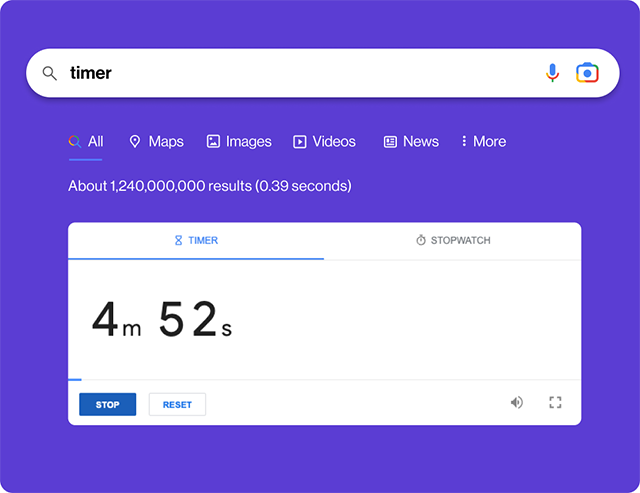
To conclude, marketing these search operators will turn Google skills into a powerful and popular marketing tool. You need to be aware of when to combine the different operators so it can provide you with detailed information that was earlier hidden in the Google SERPs.
For more such informational blogs, Connect with GTECH.
Related Post
Publications, Insights & News from GTECH








